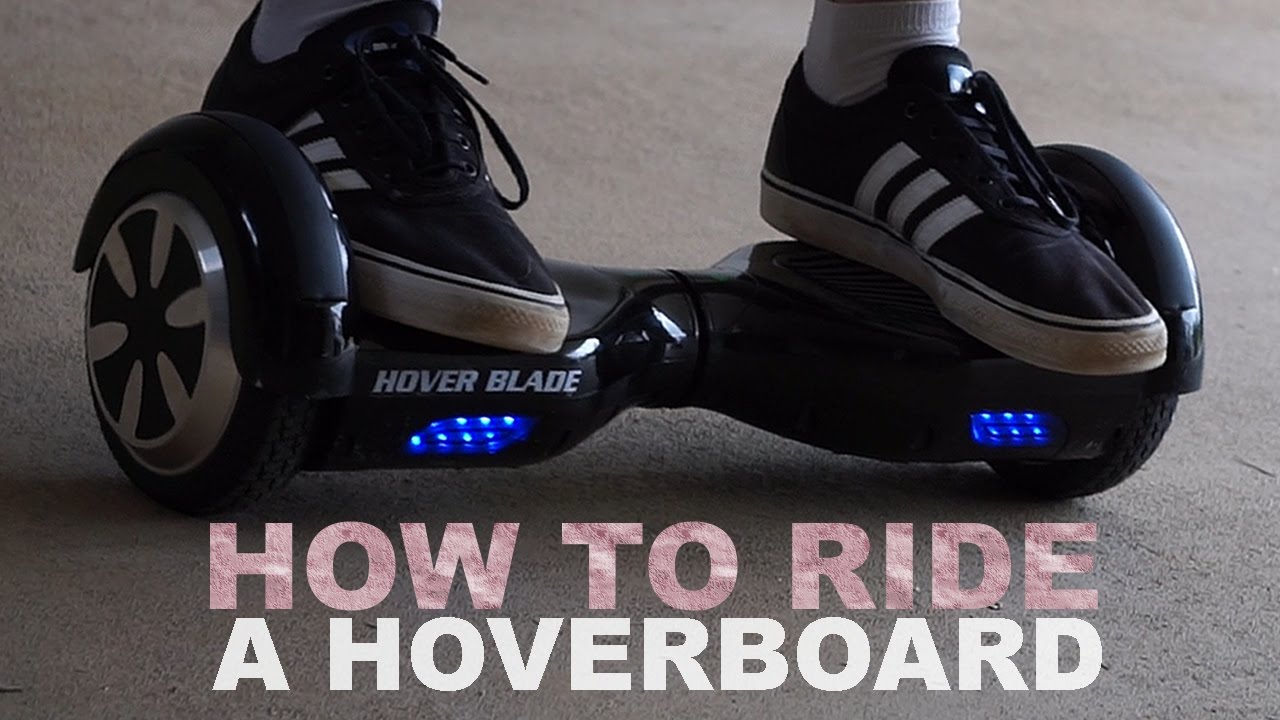Hoverboards have emerged as a trendy means of transport, particularly among the youth. They provide an enjoyable and handy method of commuting, but it's vital to put safety first when operating them. Here's an exhaustive manual on how to navigate a hoverboard securely:
Choosing the Right Hoverboard
- Age and Weight Restrictions: Make sure the hoverboard is appropriate for your age and weight. Most hoverboard come with specific guidelines, so review the manufacturer's suggestions.
- Quality and Safety Standards: Choose a trustworthy brand that complies with safety regulations. Seek out attributes such as automatic balance management, anti-slip footpads, and a robust structure.
- Battery and Charging: Opt for a hoverboard that features a dependable battery and a secure charging mechanism. Steer clear of overcharging or employing unsuitable chargers.
Learning to Ride Safely
- Start in a Safe Environment: Start training in a spacious, level area devoid of traffic, pedestrians, and hindrances. A verdant meadow or a serene parking lot could be perfect.
- Wear Protective Gear: Always don a helmet, knee protectors, elbow guards, and wrist shields to safeguard yourself from potential falls and injuries.
- Start Slowly: Start by learning to maintain balance on the hoverboard while stationary. As your confidence grows, progressively enhance your speed.
- Learn Basic Maneuvers: Perfect the skills of turning, halting, and accelerating seamlessly. Hone these techniques in a managed setting before embarking on an adventure.
- Practice Good Posture: Maintain an upright back, slightly flexed knees, and ensure your feet are securely positioned on the footpads. Uphold a stable stance to prevent toppling over.
Safety Tips for Riding
- Avoid Crowded Areas: Opt for less congested areas for riding to reduce the likelihood of colliding with pedestrians or fellow riders.
- Obey Traffic Rules: When cycling on public roads or pathways, adhere to traffic laws and guidelines.
- Be Mindful of Your Surroundings: Be mindful of your environment, including walkers, bike riders, and cars.
- Check the Terrain: Steer clear of riding on irregular terrains, inclines, or damp surfaces, as these can heighten the likelihood of mishaps.
- Inspect Your Hoverboard: Prior to each journey, inspect the tires, battery, and general state of your hoverboard to confirm it's functioning optimally.
- Don't Ride Alone: It's invariably more secure to cycle with a companion or an adult who can provide help if any problems arise.
- Take Breaks: Steer clear of prolonged riding sessions. Regularly pause for relaxation and rejuvenation.
- Respect Others: Show respect to fellow cyclists and walkers. Refrain from riding irresponsibly or executing tricks in communal spaces.
Additional Safety Considerations
- Supervision for Young Riders: An adult should always monitor young kids when they are riding a hoverboard.
- Weather Conditions: Steer clear of operating in severe weather conditions such as intense rain or snow, as these can impact the hoverboard's functionality and heighten the likelihood of mishaps.
- Proper Maintenance: Consistently clean and upkeep your hoverboard to guarantee its durability and safety. Adhere to the manufacturer's instructions for cleaning and storage.
Mastering the Basics: A Step-by-Step Guide
- Turn on the Hoverboard: Make sure it's completely charged and switched on.
- Step On: Position one foot on the footpad, maintaining its equilibrium.
- Balance: Transfer your weight onto the alternate footpad, while preserving equilibrium.
- Moving Forward: Tilt your body a bit forward to speed up.
- Turning: Transfer your body weight towards the direction you wish to turn.
- Stopping: Tilt your body a bit towards the back to decelerate and halt.
Tips for Staying Safe:
- Start Slow: Begin with gentle movements and gradually increase your speed.
- Practice in a Safe Area: Find a flat, open space away from obstacles and traffic.
- Wear Protective Gear: Always wear a helmet, knee pads, and elbow pads.
- Be Aware of Your Surroundings: Stay vigilant for pedestrians, cyclists, and other potential obstructions.
- Avoid Distractions: Concentrate on cycling and refrain from using your mobile or other diversions.
- Respect Others: Be courteous to other riders and pedestrians.
By adhering to these principles and practicing consistently, you can experience the excitement of safely and responsibly maneuvering a hoverboard. Bear in mind, safety should always be paramount, so ride carefully and enjoy the experience!











